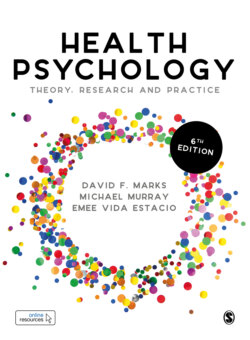Читать книгу Health Psychology - Michael Murray - Страница 97
На сайте Литреса книга снята с продажи.
Homeopathy
ОглавлениеHomeopathy is a form of CAM which involves the use of highly diluted substances to trigger the body’s natural healing system. It is based on the Latin principle similia similibus curentur, which means ‘let like be cured by like’. This means that a substance that can cause symptoms when taken in large doses can also be used to treat the same symptoms when taken in smaller doses. Its origins can be traced back to the work of the German physician Samuel Hahnemann (1755–1843). During his time, medical treatments often relied on harsh procedures such as blood-letting, purging and the use of poisons. Hahnemann refused to use these techniques and experimented on himself and other healthy volunteers. He recorded the physiological effects of toxic materials such as mercury, arsenic and belladonna and then collated reports of ‘cured symptoms’ based on homeopathic prescriptions of these substances. See also the discussion of placebos in Chapter 2.
Homeopathic medicine is particularly popular in Europe and in India. In the UK there are currently four homeopathic hospitals, in London, Bristol, Liverpool and Glasgow. It is much more widely used on the European continent, especially in France and Germany. Homeopathy has been used for a variety of health conditions, including asthma, ear infections, hay fever, allergies, dermatitis, arthritis and high blood pressure, and for mental health conditions such as depression, stress and anxiety. However, systematic reviews on the effectiveness of homeopathy showed inconclusive results and trials are of poor quality (Ernst, 2012; Peckham et al., 2013; Saha et al., 2013). Posadzki et al. (2012) have also commented on the potential harm of homeopathy to patients in direct and indirect ways.
